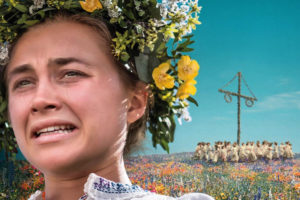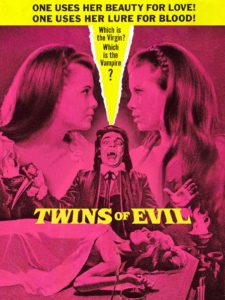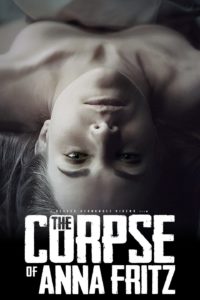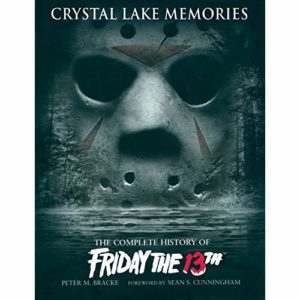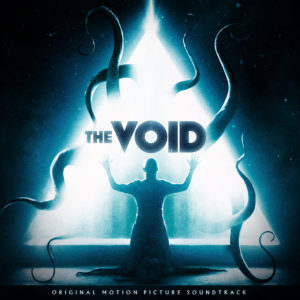Man, I loved Zombieland and the best thing I can say about Double Tap is that I’m happy to see the original cast back but the bets bits are all in the trailer.
The original film was a charming, funny, and ultimately touching movie about the power of found family. The sequel is a collection of gags strung together with barest of plots and utterly devoid and any real story.
It’s been ten years since the Zombie Apocalypse and our heroes have taken up a stable residence but haven’t changed or grown much as characters, When Little Rock, in the original film the characters avoid the painful memories of their previous lives referred to themselves by significant destination and not their 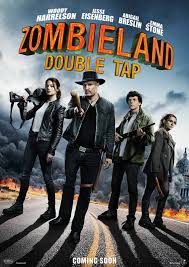 names, who has now become a young woman and is feeling the isolation of no romantic companion ship and her sister Wichita, feeling strangely stifled in her relationship with Columbus, suddenly leave, Columbus and Tallahassee are forced out of their routine and embark on an odyssey. They face many new dangers and meet many new characters before the entire family emotionally returns back to where they had started.
names, who has now become a young woman and is feeling the isolation of no romantic companion ship and her sister Wichita, feeling strangely stifled in her relationship with Columbus, suddenly leave, Columbus and Tallahassee are forced out of their routine and embark on an odyssey. They face many new dangers and meet many new characters before the entire family emotionally returns back to where they had started.
Characters in good fiction have needs and wants, and note that those are usually not the same thing, a character may want something but need something that is the opposite to complete their emotional arc. The characters of Double Tap have wants but few needs of any kind and what they do want is the most plot driven of objectives. While the film is populated with talented actors who can turn a fine comedic performance the lack of an emotional story that is compelling ultimately make the movie hollow and empty. There are gags, and many of them are on display in the trailer, but there is no theme. The film is in the end not about anything at all. The script feels like one that has had many comedic hands working the sequences and the jokes are decent, but without a compelling story none of it really matters. If during the running of your film I am thinking to myself just how lovely Emma Stone’s eye are then you have lost me because I simply do not care what happens on the scree.
I cannot recommend Double Tap and your time would be better spent putting in the Blu-ray and watch Zombieland again.

